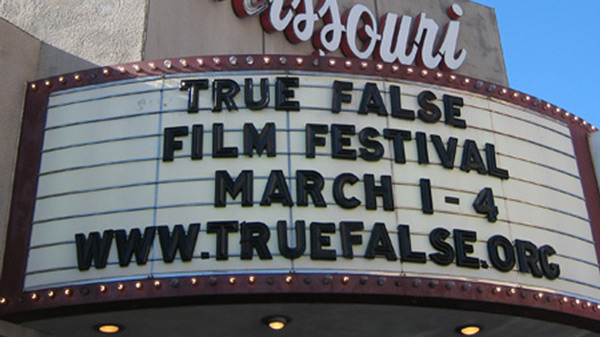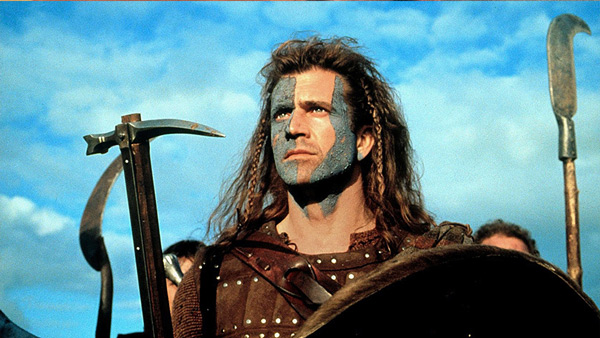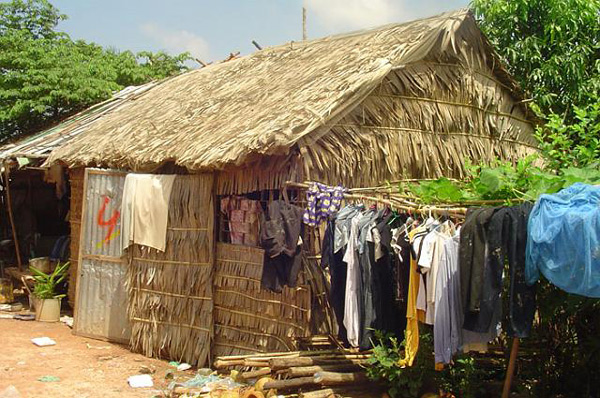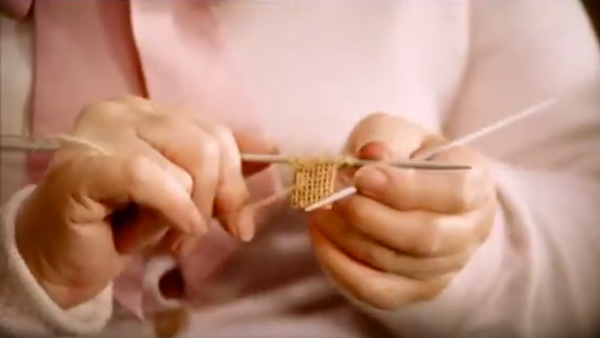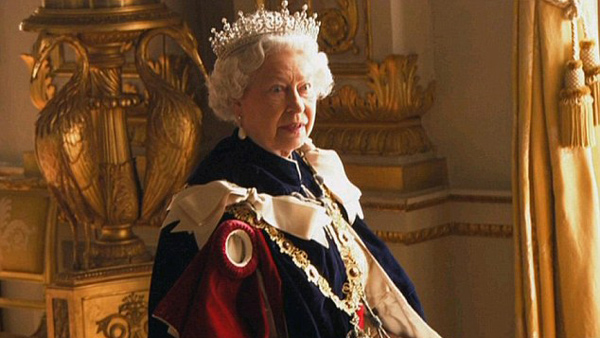Fact and Fiction
Fact and fiction in film are not just about real and pretend. It's a little bit about truth and lies, the manufacturing of truth, and the manipulation of facts. It's also about expression, imagination, representation, symbolism and magic. It's not so much about black and white as the many shades of grey that lie between. It's about what we're used to seeing on screen and how we interpret it.
Fact & Fiction offers good opportunities for cross-curricular work, specifically within areas of social sciences and PSD. It encourages discussion & debate, critical thinking & evaluation.
The opinions, experience and preconceptions of the viewer play as important a role as the intentions of the filmmaker - this section will encourage your class to examine the basis for their own assumptions about and reactions to different moving image media.
The world is not black and white. More like black and grey
How do you know what you think you know?
What are the factors that influence your understanding of whether something is fact or fiction?
- Is it the way a film is classified?
- The way it is filmed?
- Is it because of where you see it?
- Or is it who is presenting the information?
Of course, genre, format, style and platform all impact on an audience's understanding of what it is watching. As do the names, popularity and track-records of those involved, on-screen and behind the scenes. But our understanding and judgement of what we see is far more sophisticated than that.
A historically accurate movie?
The viewers understanding
Our period, our environment, our cultural background, our knowledge of the world and personal beliefs, all have a part to play in our interpretation of film, as does our previous experience of viewing films.
Style and convention
Certain techniques and styles of filmmaking have become associated with either fact or fiction because they have been the conventional methods for telling these sorts of stories. We have grown accustomed to the methods used, because we have seen them so many times before.
A 'typical' view of Africa?
Certain topics, locations, communities and lifestyles are often treated in the same way each time they are featured. The same sorts of shots, the same kind of background music, the same pace and style of editing. And this has an impact on the way we interpret new films we see. It can lead us to associate the usual way something is portrayed with the 'reality' of that thing. We develop a preconception of how we think these things ought to be portrayed!
Building expectations
Using familiar techniques and conventions can be a handy shortcut to create a certain mood or atmosphere. Just as we readily recognise archetypal characters and understand their roles, the way a story is told helps us to understand what kind of story it is; and colours, icons and sound effects can all convey meaning.
All this is very useful to our understanding of what we are watching. However, as these conventions become ingrained, it can work against filmmakers. If a particular community, for example, is consistently labelled in the same way (whether it is romanticised, criticised or marginalised) people will believe that to be the truth of it.
So if filmmakers want us to look at something differently, they have to find a different way of showing it!
Pick any local or national news programme and look at how stories filmed on location are put together. Look at what is included, how it is filmed and how it is edited, the use of establishing shots and cutaways for example
Defying convention
There are many examples of films that challenge our expectations, subvert our assumptions, or manipulate our preconceptions. It might be implicit, through the borrowing of style from a different type of text: cinema verite, telling fictional stories in a documentary style; and more recently The Blair Witch Project and its successors, are good examples of this. And propaganda films and commercials often borrow styles to tap into our subconscious and influence our opinions.
A documentary?
To conform or subvert
There can be problems both in uniformity of approach, and subverting convention. Film contributes in no small way to our culture and thought. What creates a norm enforces notions and systematically labels or excludes. Repetition of certain values and ideas of beauty for example, can lead to distortion.
And equally, in defying convention, whether by accident or design, if you do not clearly signal whether your material is factual or fictional, you may mislead or confuse your audience.
Adverts
Adverts are great for examining fact and fiction. The Shreddies Nanas is a really fun one to look at, but you can find lots of other examples - from glossy car ads to cleaning products - where fact is supported by dramatisation, illustration, fantasy...
Are OAPs really knitting breakfast cereal?
Spoofs
Spoofs are more overt challenges to particular genres or styles.
Comedy
Comedy plays on things we know and think, about people, places, events, other films. That's why we laugh, because we recognise traits in ourselves and others, or because we are surprised at seeing things turned on their heads.
Think about Fonejacker or Bruno. Where do fact and fiction meet in these?
Close to the line?
The BBC and production company RDF got into trouble for the way a trailer for their documentary about the Queen was edited. It placed shots in a different order to which they were filmed and gave a false impression of what happened.
On the other hand Channels E4 and 5 are often very playful with their trailers for films, dramas and entertainment shows.
In many interactive computer games, you take on the role of a particular fictional character. Where do you draw the line between fact and fiction? How close are you to becoming that character? Do you need to draw a line?
Brigadoon
There is a famous quotation from Arthur Freed, the director of Brigadoon, in which he said that when they were looking for a location for the film they went to Scotland but could find nothing that looked like Scotland.
Indeed, the film was shot entirely on a set built at MGM studios. Cost-cutting and other practicalities also affected this decision, but let's take some time to consider Freed's comment.
If Freed had a very clear idea of the kind of Scotland he wanted to portray, it was not just because of his own romantic preconceptions, but because it suited the kind of story he wanted to tell. And because he also understood that his audience needed to recognise the kind of Scotland he was showing them.
He wasn't being daft. He wanted to tap into a shared vision of a Highland village. A notion gleaned partly from shortbread tins, perhaps, but also owing a debt to a great and varied cultural and artistic legacy, from the Romantic painters, the novels of Scott and Stevenson, the music of Mendelson and Kenneth McKellar, and so on.
A view of the Highlands not seen in Brigadoon
Scots are not immune to this legacy by any stretch of the imagination. And we might also add to these influences: primary school projects on the Jacobites; the music of contemporary folk artists; photographs in museums; Visit Scotland adverts; the films of Grierson and Margaret Tait, or of Bill Forsyth, or Mel Gibson . And part of it is also to do with what we want to believe. That a place like that really exists!
Alberta, Canada got into trouble for using images of the northern English coast to promote their area.
